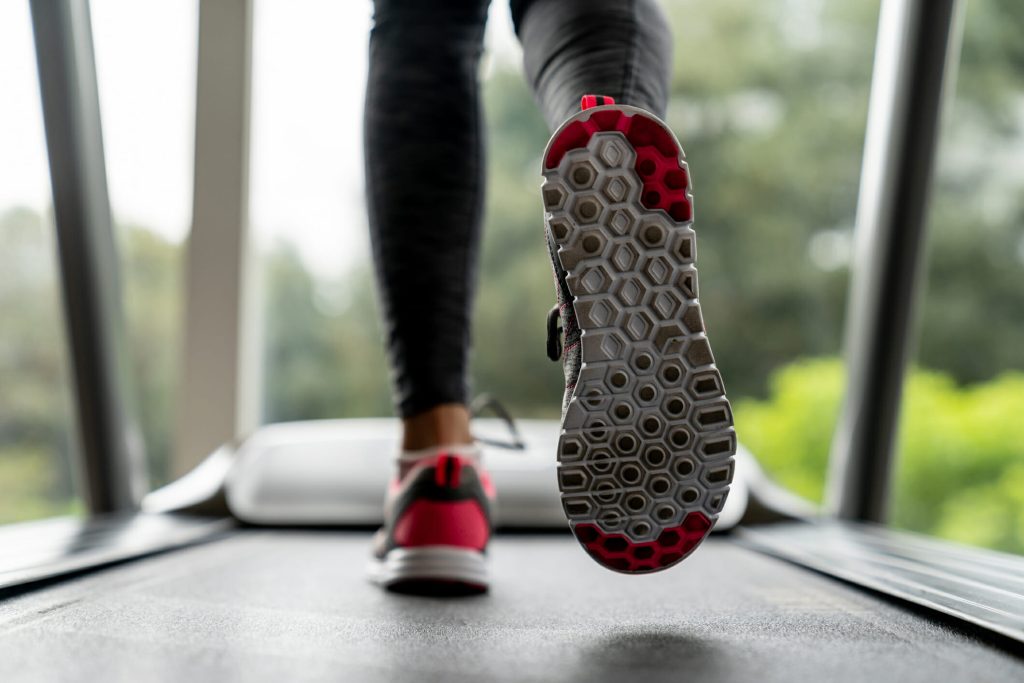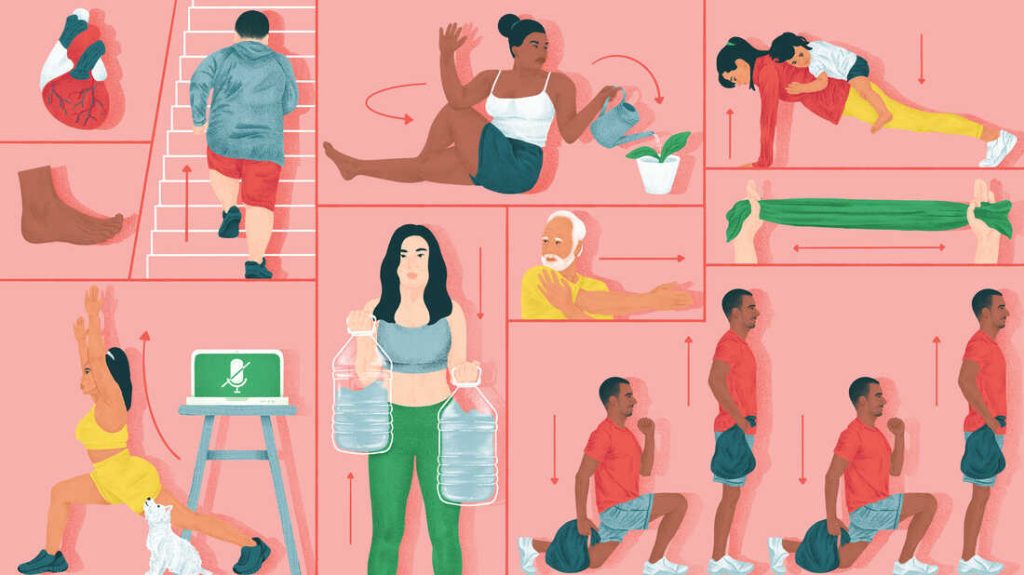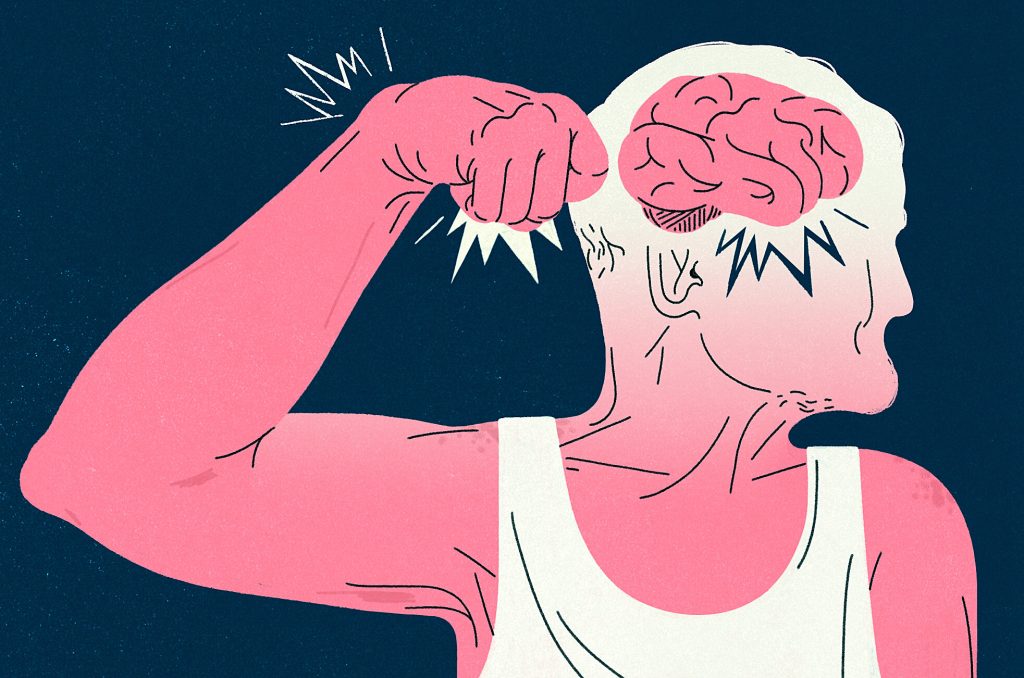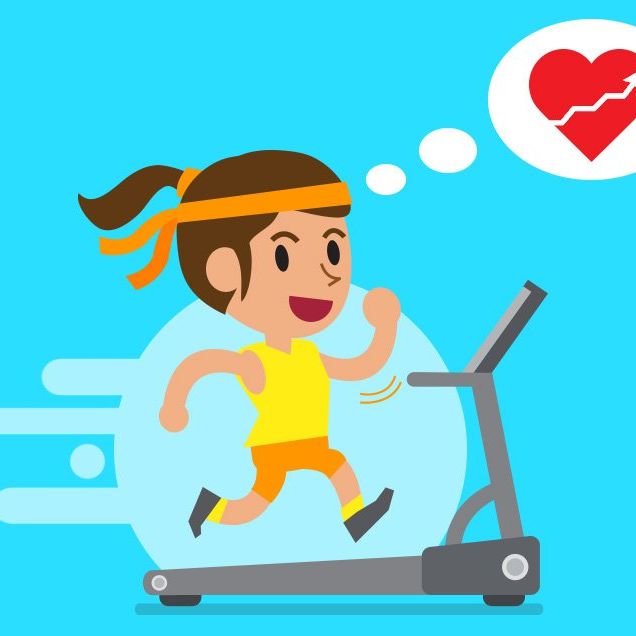Why physical activity is essential for a long and healthy life.
It appears that humanity has been searching for the “Fountain of Youth”—that is, means to guarantee a longer, healthier life—since the beginning of time. And while there may not yet be any “wonder” treatments or medical advancements that will allow us to live much past the age of 100, numerous recent studies have offered compelling proof that small, doable lifestyle adjustments can help us live longer and be healthier while lowering our chance of passing away too soon. For instance, research presented at the Scientific Sessions of the American Heart Association in 2023 revealed that eight healthy habits could potentially halt the progression of biological aging by up to six years. These behaviors have to do with eating right, keeping a healthy weight, abstaining from tobacco, taking care of one’s sleep hygiene, controlling blood pressure, cholesterol, and blood sugar, and—above all—remaining physically active. In the most recent episode of our podcast, “In Conversation,” Medical News Today speaks with Drs. Edwina (Eddie) Brocklesby and Borja del Pozo Cruz about the connection between exercise and a long and healthy life. Dr. Del Pozo Cruz is an adjunct associate professor in the University of Southern Denmark’s Department of Sports Science and Clinical Biomechanics and principal researcher in the Applied Health Sciences at the University of Cadiz in Spain.
Dr. del Pozo Cruz has worked with other researchers to carry out a number of studies examining the relationship between the risk of dying from various causes and the type of exercise. Dr. Being the oldest British woman to finish an Ironman Triathlon at the age of 72, Brocklesby earned the moniker “Iron Gran,” which has helped her become well-known. In addition, she founded and serves as CEO of Silverfit, a nonprofit that encourages lifetime fitness. Dr. del Pozo Cruz and colleagues examined data from 500,705 participants followed up for a median of 10 years in a study published in JAMA Internal Medicine in August 2023 to determine the relationship between various forms of exercise and an individual’s mortality risk. The effects of three types of physical activity were examined in the study: muscle-strengthening exercises like weightlifting, vigorous aerobic exercises like running, and moderate aerobic exercises like walking or light cycling. Its conclusions showed that the most effective way to lower the risk of death was to combine all of these types of exercise in a balanced way. More precisely, a reduced risk of all-cause mortality was linked to at least two strength training sessions per week, over 150 minutes of intense exercise, and approximately 75 minutes of moderate aerobic exercise.
Dr. del Pozo Cruz and his associates recommended combining at least 150–225 minutes of moderate physical activity with approximately 75 minutes of vigorous exercise, as well as two or more strength training sessions per week, to lower the risk of death specifically associated with cardiovascular disease. Dr. Brocklesby, also known as “Eddie,” is a prime example of the value of mixing up your workout routines. In fact, preparing for and competing in a triathlon entails strength training in addition to a balanced “diet” of moderate to intense exercise. Triathlons are endurance multisport races in which competitors swim, cycle, and run. What is the minimal “amount” of exercise that could help prevent some of the conditions that pose the greatest threat to health, though, for those who are not nearly as athletic? Dr. Del Pozo Cruz and associates might have also discovered a response to this query. The results of a prior study were released in the European Heart Journal in December 2022. According to this study, even two minutes a day of intense exercise could significantly reduce the risk of dying from cancer or cardiovascular events.
The study participants who never participated in intense exercise had a 4 percent chance of passing away within 5 years, but this risk was halved when they started participating in less than 10 minutes of intense activity each week, according to the researchers. Furthermore, the risk of death was further reduced by half for those who exercised for at least 60 minutes a week. Dr. del Pozo Cruz stressed in our podcast that practically any amount of exercise, no matter how small, is better than none at all. A recent study supports this assertion, saying that any activity, no matter how small, is better for heart health than leading a sedentary lifestyle. He did, however, issue a warning that, in contrast to exercise done for enjoyment, physical activity connected to household tasks or employment may occasionally cause more harm than good. Once more, new research indicating a connection between physically demanding jobs and an increased risk of cognitive impairment lends credence to his theory.
The study found that jobs involving a lot of standing and handling stressful situations, like nursing and caregiving, retail, and farming, were among the most frequently linked to intense physical activity. Therefore, even though physical activity of any kind is beneficial to health, engaging in intense or strenuous physical activity while working may increase the risk of developing certain illnesses. Furthermore, recreational exercise has been shown to have an impact on joint integrity and other aspects of physical health, especially as one ages. Dr. del Pozo Cruz and Eddie both stressed in our podcast how important it is to speak with a reliable healthcare professional who can offer personalized advice on the best types of exercise to undertake. Listen to our podcast episode in full below or on your preferred streaming platform to learn more about how and why various forms of exercise can support longevity, as well as to hear Edwina’s story of becoming “Iron Gran.”.
REFERENCES:
For medications that have been suggested by doctors worldwide are available here https://mygenericpharmacy.com








